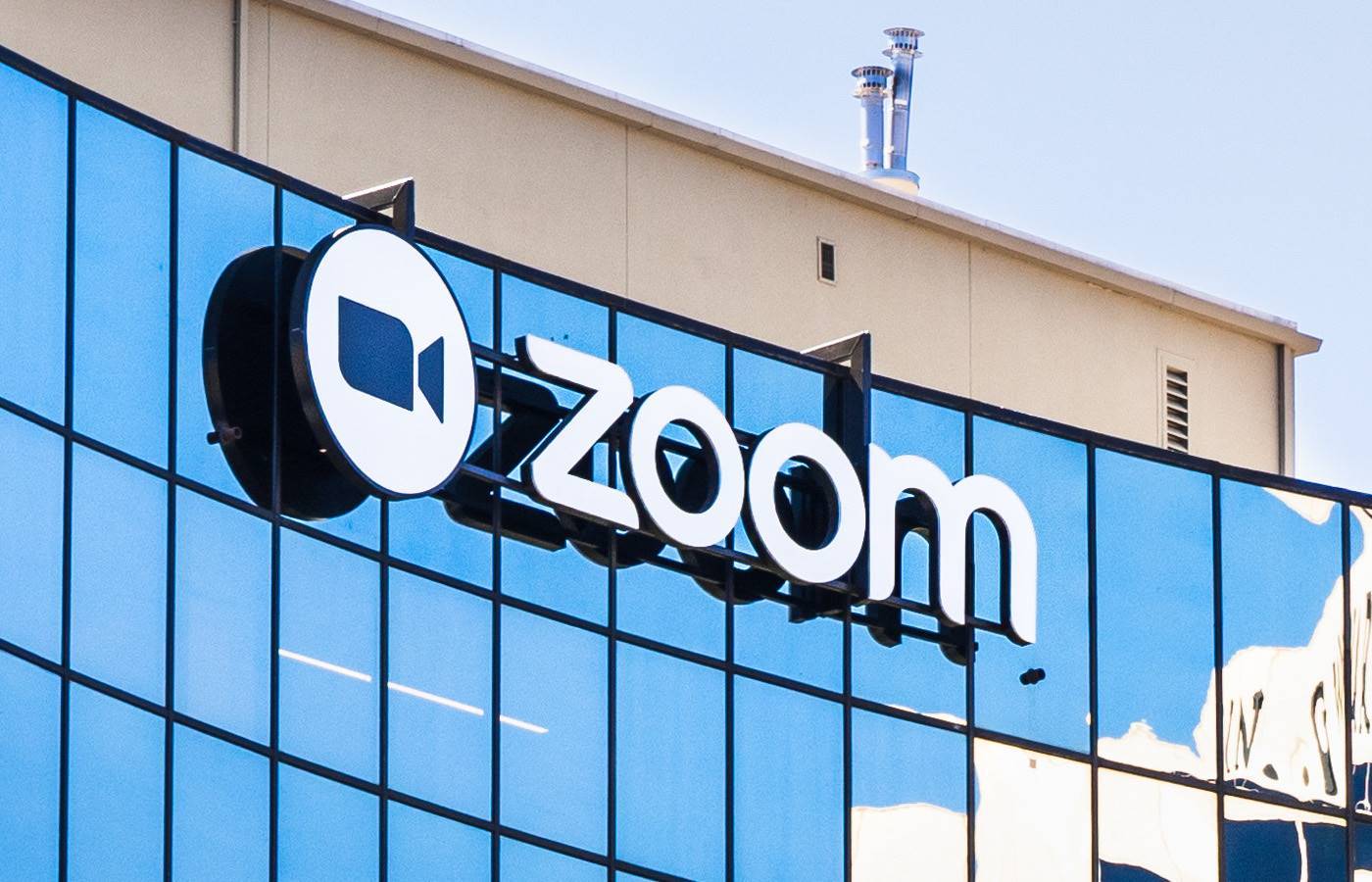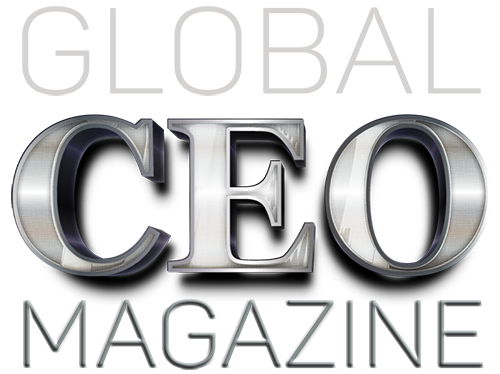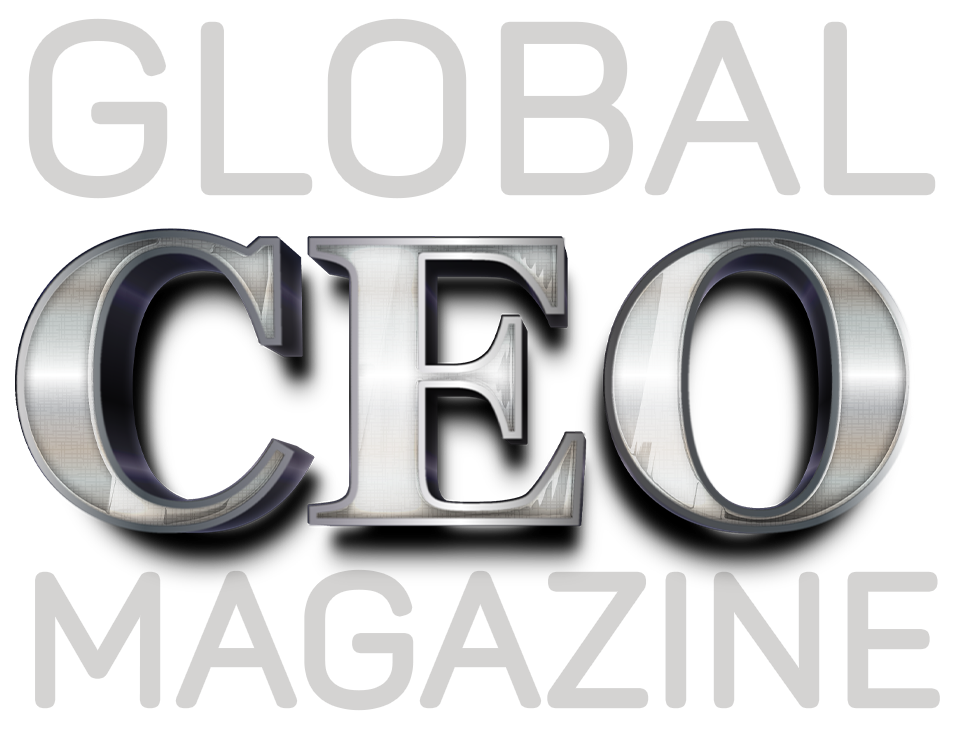by Steve Hawk
In the months since his company became a global verb, Zoom CEO Eric Yuan has never been busier. Or more exhausted. Or happier.
If you think you have Zoom fatigue, imagine being Eric Yuan. Even when he’s not actually Zooming — and he Zooms a lot, Zooms as much as anybody — he’s thinking or talking about Zoom, the company he founded and runs.
From January to May 2020 — a historic moment for humankind and also the moment Zoom entered the global lexicon and took on new meaning both as a verb and a symbol of change — Yuan says he has done nothing but “sleep, eat, and Zoom.”

“To be honest with you,” he admits, “even I get tired of Zoom meetings sometimes.”
As for the business itself, Yuan remains energized and enthused, despite the exhausting challenge of managing a growth rate that has been jaw-dropping even in an industry awash in exponential ascents.
Eric Yuan, founder and CEO of Zoom. doesn’t disclose user numbers, but some figures are public, and they tell a tale of explosive growth triggered by the pandemic: In January 2020, the Zoom app averaged about 56,000 daily downloads on the Apple App Store. Within two months, as the COVID-19 outbreak forced a tectonic shift in the way people communicate, those downloads surpassed two million, Per day.
Yuan attended the Stanford Executive Program in 2006, when he was leading the engineering team at WebEx, a pioneering web-conferencing company. When he looks back at his summer at Stanford GSB, he remembers being intoxicated by its culture of entrepreneurship.
“The day I left the GSB, I can tell you what I was thinking,” he recalls. “I wanted to quit WebEx to start my own company. I remember the exact moment. Seriously. It was around lunchtime. Unfortunately, WebEx had sponsored me [for the executive education program], and I couldn’t really quit right then. But I knew in that moment that I would start a company down the road. No matter what.”
Yuan was raised in China’s Shandong Province. After earning a master’s degree in mining engineering, he moved to Silicon Valley in 1997, eager to be part of the first dot-com boom. When WebEx hired him, at age 27, the company had fewer than 20 employees.
At WebEx, Yuan learned the importance of customer satisfaction. The company differentiated itself from other web-conferencing services by being inexpensive and cloud-based. Corporate customers simply had to download the software — no hardware required — which meant the service had to be flawless. The product did well enough that Cisco bought it in 2007 for $3.2 billion, and Yuan stayed on as part of the sale.
He eventually grew disenchanted with Cisco because he felt the company was inadequately committed to keeping its video-conferencing customers satisfied. He left in 2011 to launch Zoom, with the intention of building a better, simpler, and more effective video-conferencing solution to “bring happiness” back to WebEx customers. WebEx cofounder and former CEO Subrah Iyar was among his early investors.
For its first nine years, Zoom, like WebEx, was a B2B play, designed almost exclusively for corporate clients. Although the video-conferencing field was already crowded with intimidating players — Microsoft (Skype), Google (Hangouts), Cisco (WebEx) — Zoom quietly became the dominant brand, and its revenues began to double annually: from $60 million in 2017 to $151 million in 2018 to $330 million in 2019.
But that growth curve now looks almost flat compared with what happened in early 2020. Almost overnight, as governments around the world issued shelter-in-place orders, tens of millions of people began to use Zoom not only to work, but also to teach, perform, worship, newscast, party, and even get married.
In five months, from December 2019 to April 2020, the number of daily meeting participants using the platform grew from 10 million to over 300 million. The company’s revenues jumped to $328 million in the first quarter of its 2020–21 fiscal year, and by early June it was projecting that sales will reach nearly $1.8 billion by year’s end — a fivefold jump over 2019 sales.
Yuan credits the company’s continuing success to its singular goal of keeping customers happy by giving them a simple, “frictionless” communications experience: Push one button, boom, there’s Grandpa.
“Happy” is a word that Yuan uses often, and the concept of happiness — for clients, for employees, for himself — appears to reside at all times near the top of his consciousness.
“The purpose of life,” he says, “is about happiness. And sustainable happiness comes from making others happy.”
Yuan gave two exclusive interviews to Stanford GSB recently. The first, with Jennifer Aaker, the General Atlantic Professor, was webcast live to students as part of the newly created Business and Society Lecture Series: COVID-19 course. The second was with Stanford Business magazine. We’ve edited and combined the two conversations into a single interview here.
You must not be getting a lot of sleep these days?
You are so right. Probably this is the busiest time in my career, the past two to three months.
Is the lack of sleep a matter of you just having so much work to do every day, or is it a function of things waking you up at night because you’re worried?
It’s both. Because when you work from home, you tend to be busier. You have nothing else to do. Right now, for me, it’s just sleep, eat, and Zoom.
Are you worried about more black swans?
Not really, but there is a concern that so many things are completely out of our control. For instance, what if there’s no vaccine for the next two years? When can we go back to office? To work from home like this every day for two years with social distancing, that would be horrible — for everyone.
What’s the first thing you think of in the morning?
How to make sure our employees still feel happy — including myself. I always tell our employees, “When you wake up, the first question you should ask about yourself is, do you feel happy or not? If you feel happy, please come to work. If you do not feel happy, please stay home to figure out the root cause.” During this pandemic, many Zoom employees and their family members have been impacted. As CEO,
my number one job is to make sure our employees are happy. I think about that a lot.
What have been the product’s biggest challenges during this period of explosive growth?
Security and privacy. You know, we built the service for business enterprise customers, and I don’t know any other company in history that had to go almost overnight from being an enterprise business to suddenly serving so many first-time consumers. It was totally unexpected.
With enterprise customers, we would do official onboarding with each company’s IT team to talk about our security features and to help them decide which ones to enable and which ones to disable. When we started getting so many first-time consumers using Zoom, we should have done a better job at making it easy for them to access our security features.
For instance, two months back, if you joined a Zoom meeting, the meeting ID number was displayed on the video window — that was to make it easy for coworkers to join in. However, some people got excited and shared images of their screens on social media — during the meeting. If the meeting had no password, guess what? Anyone could Zoom-bomb into it. So we had to fix that.
How were you able to develop such a huge capacity so quickly?
A lot of it has to do with data centers. We host our service on many data centers, but we only had enough capacity to cover twice our peak-time usage. When the pandemic crisis started, the growth was so huge that there was no way for us to survive if we used only our own data centers. Fortunately, I’d been part of the WebEx team during another burst in growth — in 2001, after the 9/11 attacks — when we learned a hard lesson. I knew that if you only have your own data centers, it’s really hard to be scalable. So with Zoom, we were able to move to the public cloud, first with Amazon, and then later we added Oracle. When the pandemic hit, we were adding 5,000, sometimes 6,000 servers per day to scale up our service. Good news: We survived.
What enabled Zoom to be so agile?
Number one, it’s all about trust. When you build a business and you recruit a team, if there’s no trust, there’s no speed. At Zoom, we’ve sort of made it mandatory that everyone should read a book called The Speed of Trust [by Stephen M.R. Covey]. Because every day is full of problems, and if trust exists, people get together more quickly to fix them.
How do you think Zoom has changed the way people connect?
It goes back to trust and the power of video. When I was still at Cisco, many of the people on my team worked remotely, and it was hard to build trust, even after three years. We communicated often, but it was through email or chat or phone calls. They still didn’t really know who I was, and I didn’t know them. When we started using video, I realized that it’s a much better way to engage and build trust. Without video, people always think, “I can listen to you while I also do something else.” That’s human nature. But when you turn on the video, everything changes. People are more engaged, and it’s easier to build trust. That’s why video is the future of communication.
What’s the most interesting use of Zoom that you’ve experienced in the last couple of months?
There are so many new uses, it’s hard to pin one down. Happy hours. Health care and telemedicine. K–12 schools. Zoom marriage is now legal in New York. That’s one I’m proud of.
Is there one specific anecdote where you thought, “Oh my gosh, our goal here is to bring happiness to our customers, and this is the pinnacle moment of that?”
The first time they used Zoom for Saturday Night Live — wow. Tom Hanks was on the show, and I’m a huge fan of Tom Hanks. I felt like a dream had come true. I think that also might have been the moment I realized that Zoom had become a verb people were using.
People report being fatigued after spending long hours on Zoom. Why do you think that is, and how should it be addressed?
One reason is because when you work from home, you tend to have more meetings. Quite often they are back to back to back. And you do not have time to stretch yourself between meetings. In April, when things were so very busy, I had 19 Zoom meetings in a peak day. To be honest with you, even I get tired of Zoom meetings sometimes. One thing I do that seems to help: We have a daily sync-up meeting, and before the end of the meeting, we pick out one person to share a happy story, any happy story. That’s one way to help fix the problem. Also, go outside and play basketball.
I think there’s also a way for us to add some features to address that. Maybe after I’ve been in a call for 45 minutes, it could automatically pause and tell me, “Eric, it’s time to relax for two minutes. I’m going to share with you either a cool virtual background, or maybe some kind of fun element.”
“Here’s a music video” or something.
Exactly. Play music. I think that’s feasible.
What current or future features are you most excited about?
The number one feature I like is our virtual backgrounds. Quite often I talk to customers but I cannot be there physically, so for my background I always use a photo from the customer’s physical space — you know, their headquarters or something. That’s why right now I’m using the GSB campus as my virtual background. It makes me feel like I’m there.
We have some other cool features in the pipeline, like real-time language translation.
It might take years of effort, but imagine a world where you only speak English and I only understand Japanese or Mandarin, but we can still talk to each other through Zoom.
We also truly believe that, in the future, video and voice are going to converge into one service. Meaning, for a lot of enterprise customers, their phone-based system will be combined with video conferencing; it will be the same system. That’s a huge opportunity.
We’re also thinking about ways that others can build businesses upon our platform. So, for instance, say you’re attending a wedding ceremony on Zoom — with one click, you can send a gift.
Are you worried about the many competitors that are looking to come after you?
I really do not think about competitors, because competitors are out of my control. My rule is, always focus on your customers, on your users. That’s number one. I just want to focus on something that can be in our control, and that’s talking to customers. Talking to the team. Understanding the customer’s pain points and building solutions for them.
So the sleeplessness you talked about — competitors aren’t part of that?
No.
They’re not keeping you up at night?
Seriously, not at all.
One last question: What do you want your legacy to be?
Someday in the future, when they write the COVID-19 story, I hope they remember there’s a company called Zoom that did the right thing for the world to help people stay connected.
Courtesy : Stanford Graduate School of Business


